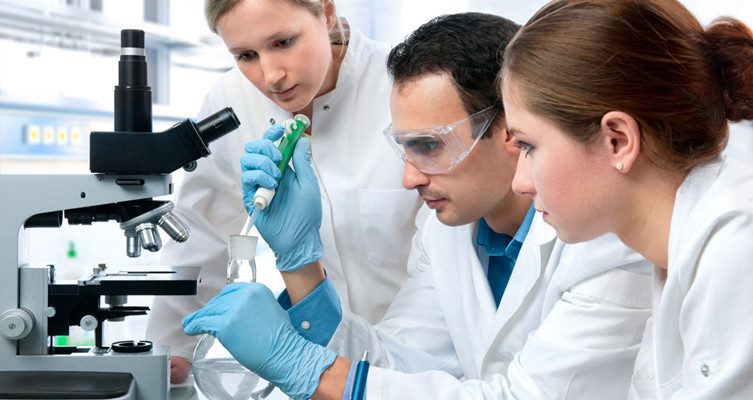Extractables and leachables are compounds that can be extracted from a product either in the presence of a solvent or simply over time through direct contact. For plastics manufacture and testing, identification and quantification of extractables and leachables is a key part of manufacture quality control and regulatory compliance.
What are Extractables and Leachables Used For?
Examples of systems where measurement of extractables and leachables may be of particular interest include leaching from syringes or product packaging into drug products or through patient exposure to medical devices either directly or indirectly.
Most materials, particularly for food or pharmaceutical applications, are designed to minimize leaching of unwanted chemical species. This means that often, when it comes to testing for the presence of any extractables or leachables, analytical techniques will need to be sensitive to trace concentrations. So, what measurement techniques are available for investigating extractables and leachables?
Challenges in Investigating Extractables and Leachables
Commonly used techniques for organic unknowns include gas chromatography mass spectrometry (GC-MS) and its liquid chromatography equivalent (LC-MS). For further identification, nuclear magnetic resonance (NMR) and Fourier transform infra-red spectroscopy (FT-IR) may be used to confirm MS identifications. For inorganic unknowns, such as metals and salts, inductively coupled-mass spectrometry (ICP-MS) is typically deployed.
Finding the right technique is highly sample and compound dependent and requires consideration of how much, and what type of compound is being detected.
Another significant challenge in extractables and leachables testing is dealing with the complexity and number of chemical species that can be present. Lubricants, antioxidants, plasticizers, residual starting reagents – any chemical the material has been exposed to during processing can potentially remain as a residue or become an unwanted extraction product.
How are Extractables and Leachables Measured?
Typically, the first step in measuring extractables and leachables is to immerse the product in solvents of various polarity. While leachables are chemicals that would be extracted under the actual use conditions, extractables are compounds observed under simulated laboratory conditions. Simulated use conditions may also be employed when the complexity of the drug product or biological environment prevents an evaluation of the actual use condition.
In a simulated use extraction, the process is intended to mimic the expected use conditions whereas exhaustive extractions will involve repeating the extraction until the total amount of extractables is less than 10% of the amount obtained during the initial extraction. Exhaustive extractions are intended to provide a ‘worst case’ scenario. Exaggerated extractions are also utilized which include conditions which exaggerate the use condition but which are not exhaustive.
Initial analysis of extractables will start with an attempt to identify unknowns typically using mass spectral information. Once the leachables are identified, more extensive formal quantification studies may be conducted such as stability leachables assessments in drug products. Formal quantification compares extractables and leachables concentrations to a known reference standard of the compound under study and is preferable, particularly for more toxic materials, due to its enhanced accuracy versus relative quantification methods.
Relative quantification attempts to use standards that have similar chemistries to the unknown analyte to provide an estimate of the compounds concentration for initial assessment as part of extractables and screening leachables studies. For cases where no appropriate commercially available standard exists, relative quantification is often an appropriate and necessary choice. For this reason, Jordi Labs utilizes its Multidetector strategy to reduce response factor variation.
Quantification is a key quality metric in extractables and leachables studies as the toxicological risk assessment is based on the quantitative values.
Extractables and Leachables Studies with JordiLabs
Given the complexity of extractables and leachables studies and that the successful identification of unknown compounds is often highly dependent on the operators skills levels, contact Jordi Labs to see how our 40 years of expertise in this field can benefit your study.





